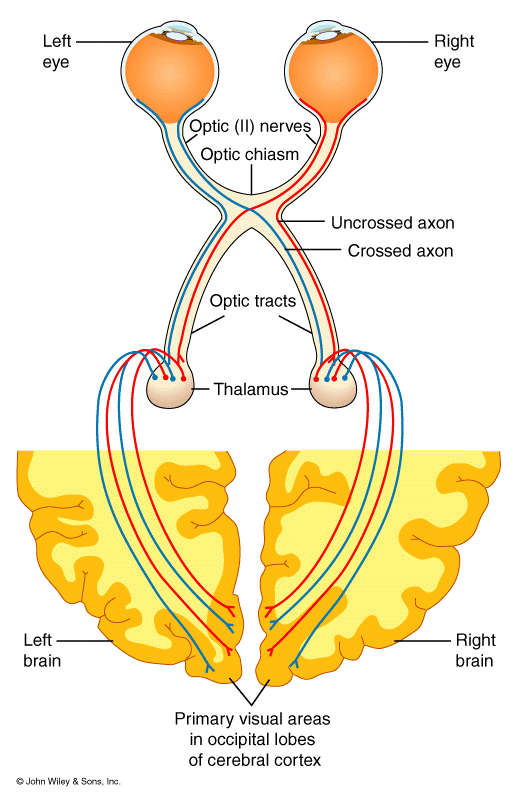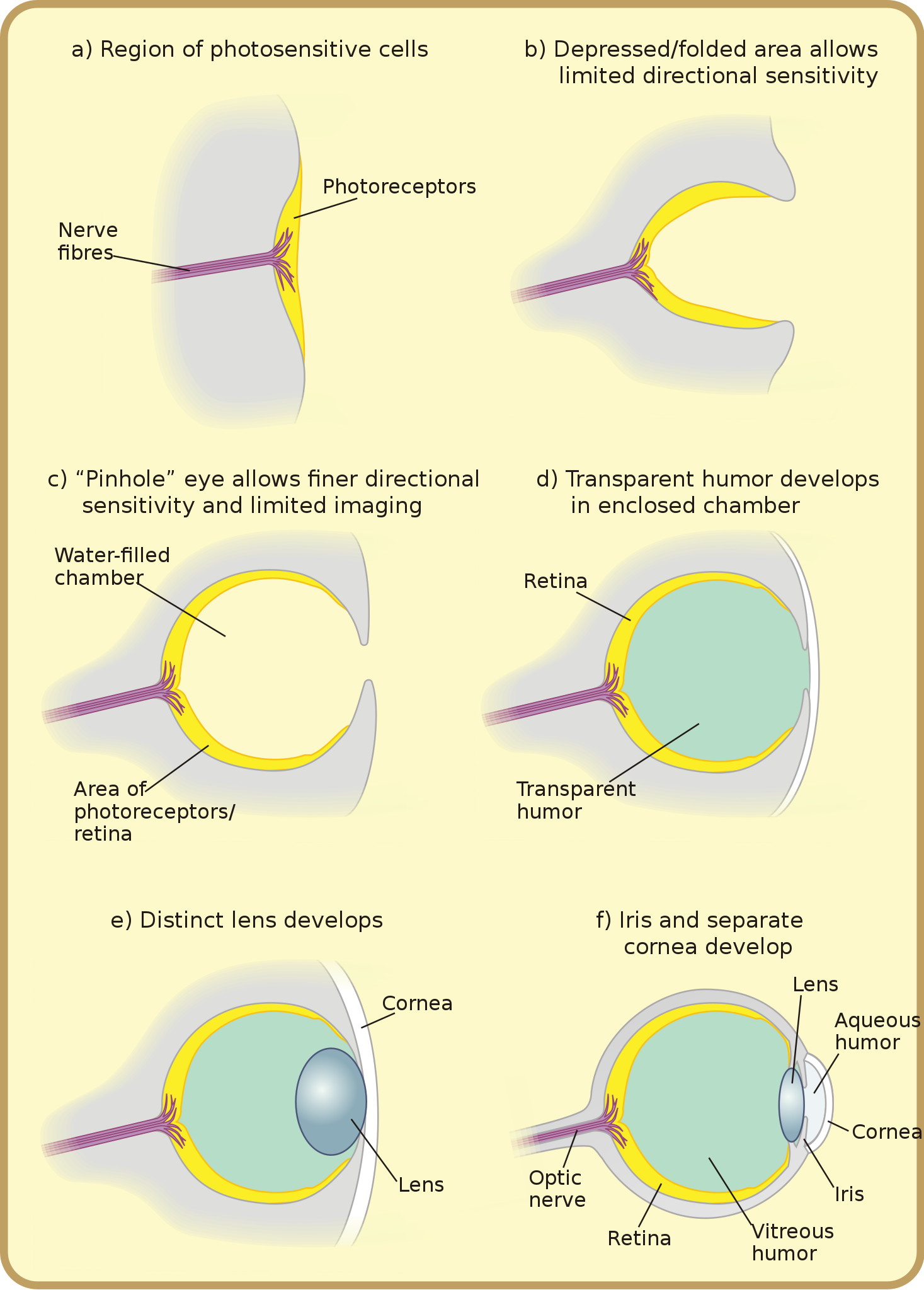Thank you for joining me on a journey through the cranial nerves. Today we have arrived at the second, or optic, cranial nerve.
Do you suffer from eye strain? I have one student who always leaves her private lesson without her glasses on – because her eyes feel better and she can see more clearly. She isn’t directly aware of the strain until its gone.
Do you wear glasses that add a little bit to that strain? Have you ever tried taking them off and just seeing fuzzy for a little while just to get relief? I highly suggest doing so (why is explained just a little bit further on). I also suggest taking some play time (meaning movement) with your eyes closed. Every day. Just to remind your body that it has other ways of orienting itself.
Your visual system is so complex, trying to learn about it could give you eye strain just from the concentration required! So…lets take it easy and do it the Embodied Learning Systems way. That means that we play and experiment through awareness of our own body, before we try to cram our brain full of facts about it.
Just take a look at this:

Watch the video first, before you read on. You can close your eyes and learn through listening, instead of reading! Because while eye strain doesn’t cause permanent damage to your eye, it does cause head and neck tension, and that can really mess with good posture, movement, and coordination, causing a cascade of health problems.
When you wear glasses, they focus all the light on only about 5% of your retina. The optic nerve, however, supplies special cells that take up a full two thirds of your eye-globe. That means that when you wear glasses, most of your eye is being light-deprived. The exploration in the video will guide you through a purely sensory exploration of the whole eye, so that while you are gently moving your body, your eye is just resting. You simply allow your retina to be bathed in light through a closed eyelid.
From the moment we open our eyes in the morning, to the time we close them at night, they are working so hard. We ask them to focus, focus, focus on small things like computer screens all day, but they actually evolved for a much more spacious and colorful life.
Now that you’ve done the exploration, gift yourself with a little information so you can use your own mind and attention to bring some ease into your visual system later on. The optic nerve, a bundle of more than one million fibers, is purely sensory. It carries visual information received by the retina of your eye to the visual cortex, which is in the very back of your brain.
This nerve was born before it’s organ during our evolutionary journey. It arose from light sensitive proteins at one end of a tubular animal. In the earliest organisms, when sunlight touched those proteins, electrical impulses were generated that caused movement through the water.
Think about that for a moment. The reception of light (not muscular action) caused motion. So it makes sense that our visual system can affect our movement and posture for better or worse. Easy, fluid eyes = easy, fluid perception and movement. While there is a great variety of sightedness among humans, ranging from slight loss of peripheral vision to total blindness, the ease of motion of your head on top of your spine still affects coordination profoundly, and you can access it through other sense because the brain is so adaptable to circumstance.
Motion in turn caused more evolution…and lets hope that it still does cause we really need it! If you suffer from eye strain, headaches, and the neck and shoulder tension that often come along with them, I hope you will reach out and connect. That tension can really interfere with balance and coordination.

